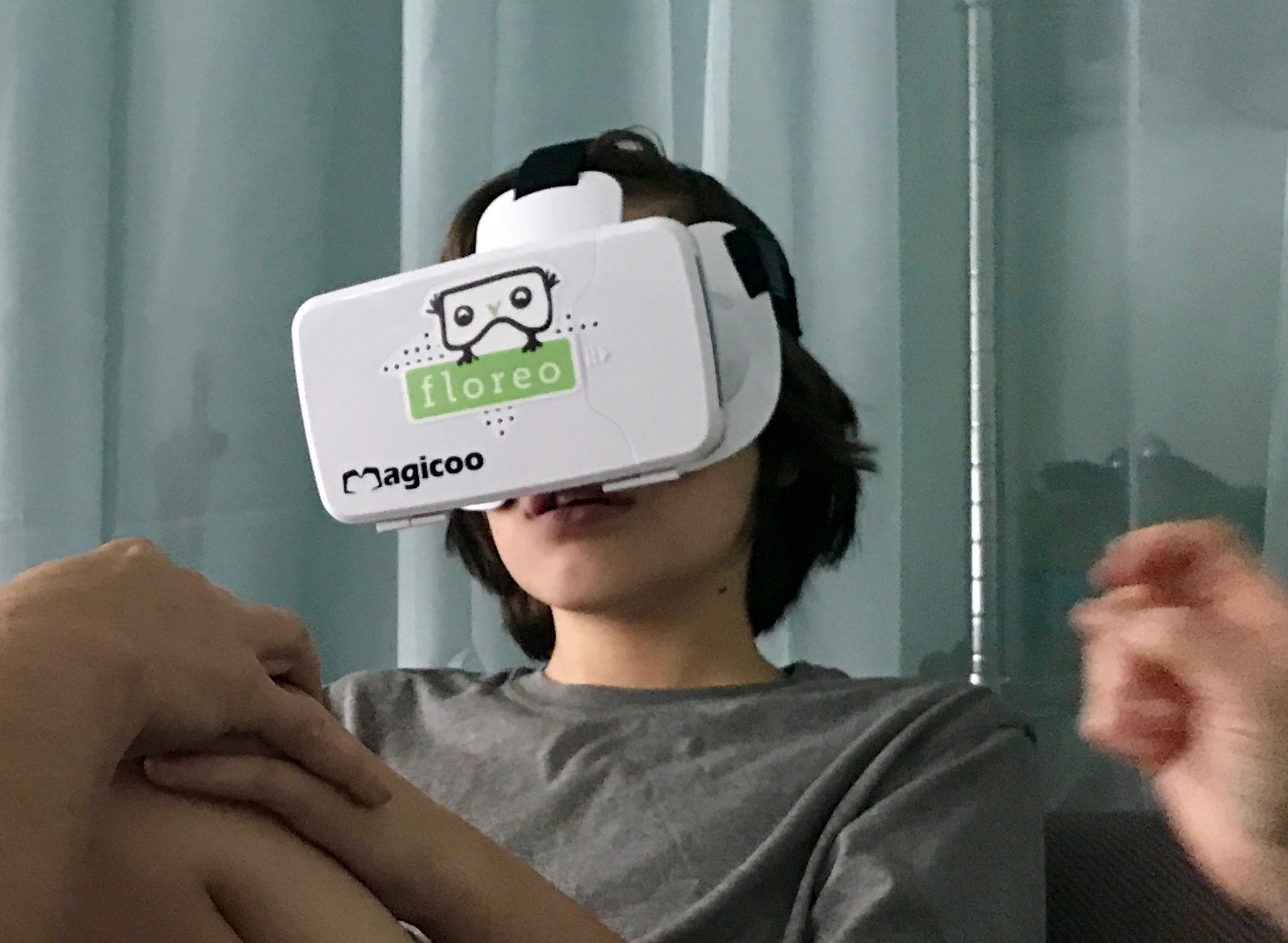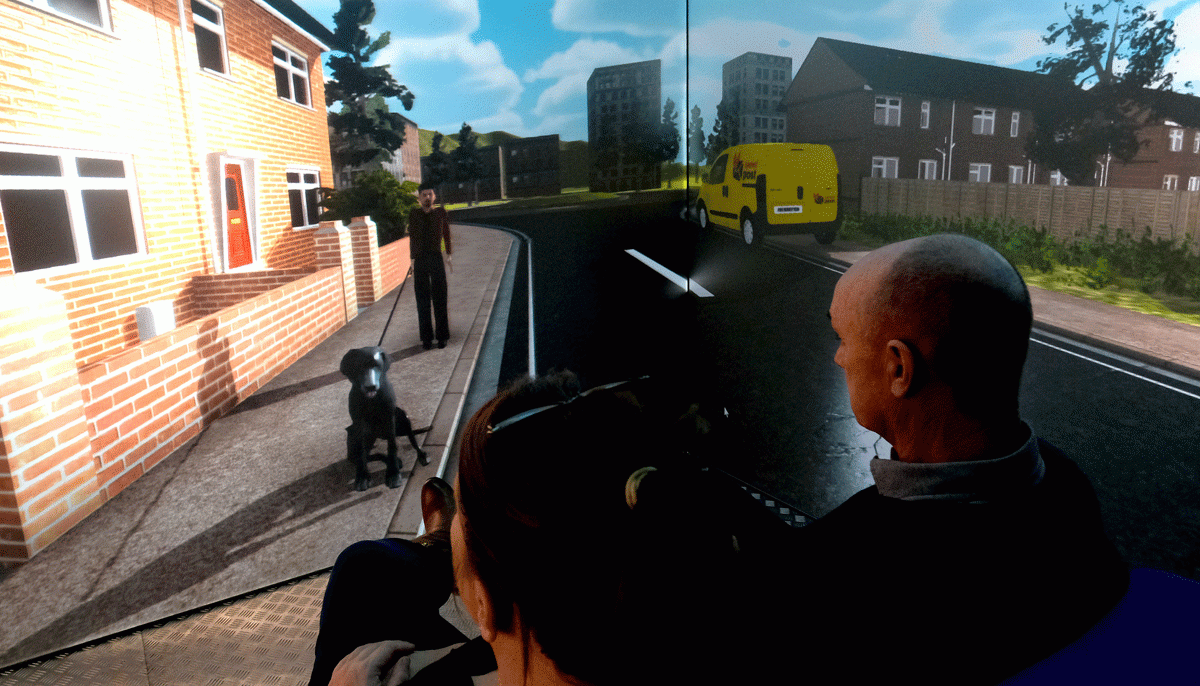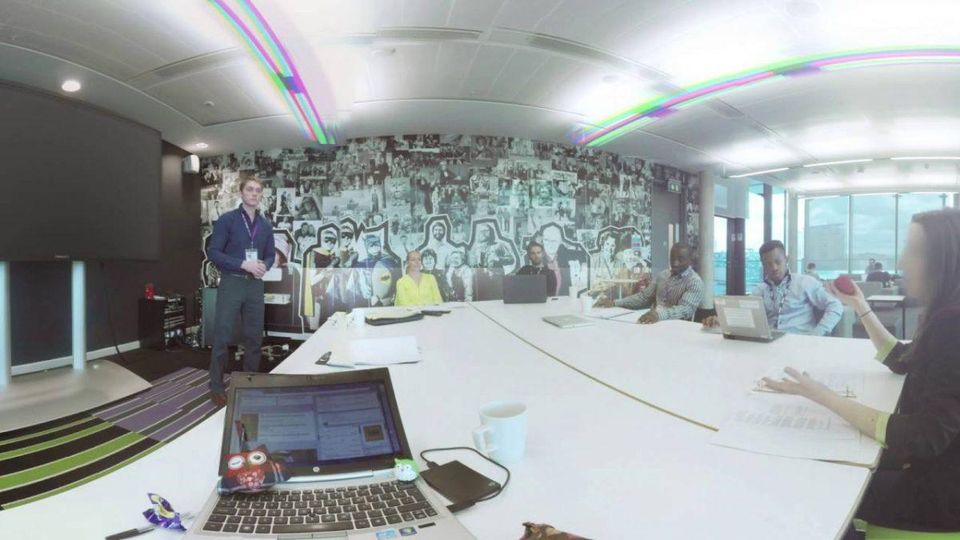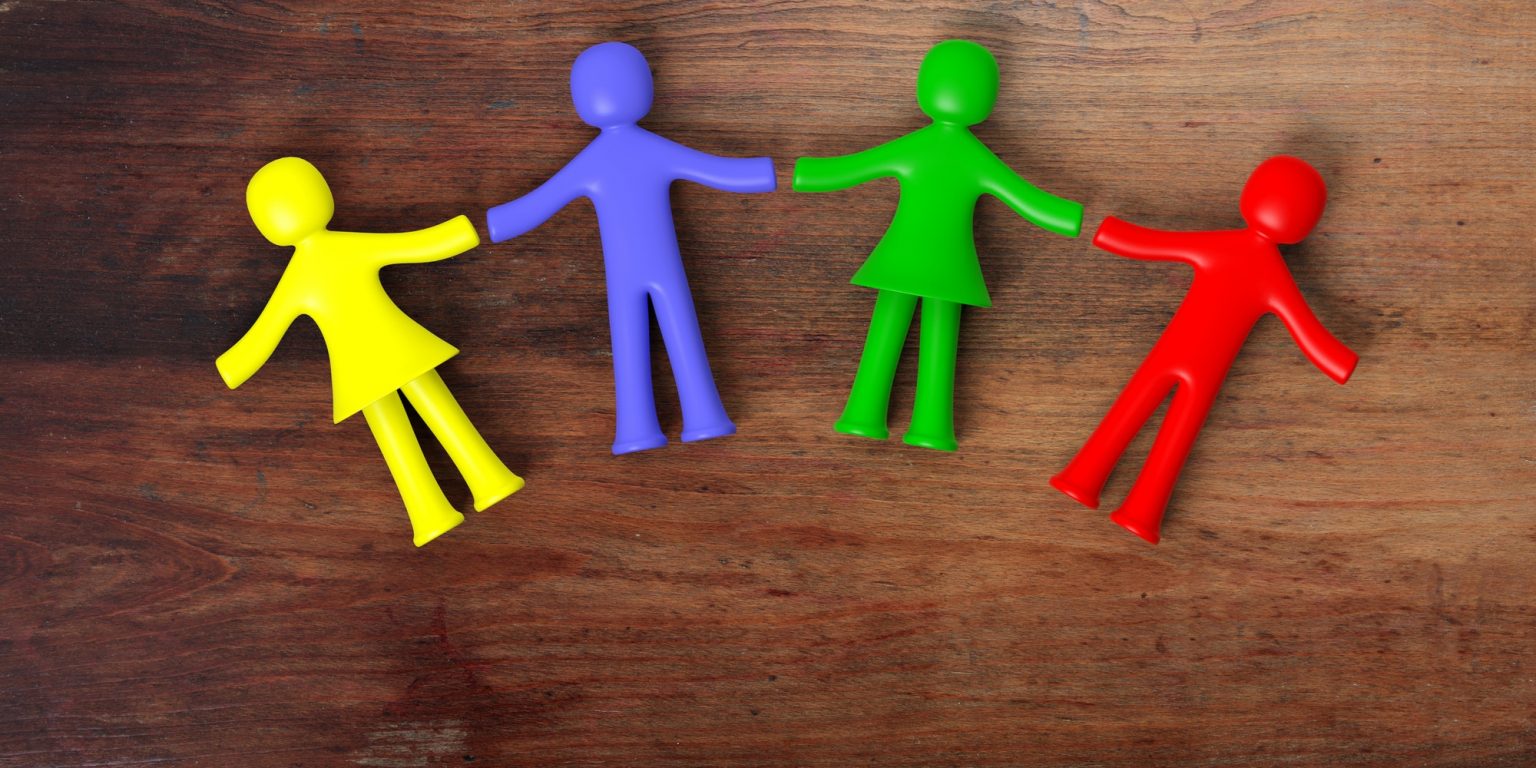Autism is what is known as a spectrum condition, meaning it affects individuals in different ways. Adults and children with autism have challenges in behavior, social skills, verbal and non-verbal communication, as well as sensory and attention issues that impact their lives.
However, they also have unique identities, quirks, and preferences – just like anyone else.
April is World Autism Month, beginning with UN-sanctioned World Awareness Day on 2nd April. It’s a unique time for everyone to learn more about autism – from the general public to politicians.
Almost everyone has heard of autism now but we continue to hear from autistic people and their families who miss out on an education, struggle to find work or become extremely isolated – often due to misunderstandings about autism and what it’s like to be autistic. Better understanding of autism could transform the lives of hundreds of thousands of autistic people.”Mark Lever, Chief Executive of the National Autistic Society
One tool that is being embraced by therapists, counselors, teachers, parents and their children to help those with autism to better communicate and connect with others and the world around them is virtual reality. It is also being used to help others without autism to understand what living with the condition means. Many argue that there is no other medium that comes as close to putting you in someone else’s shoes as VR.

Autism therapists and researchers started to use VR in the mid-1990s. Researchers often deployed the technology to create virtual environments to help autistic people prepare for encounters or situations that could be stressful. For example, the Center for BrainHealth and the Child Study Center at Yale University’s School of Medicine collaborated to help young adults with ASD achieve economic and social independence with the help of VR. Carly McCullar, who has ASD, went through the Center’s social cognition training during her senior year. The training taught her to handle situations such as job interviews, a problem with a neighbor and even dating.
VR has also been used to help prepare autistic children for public speaking. Using an audience of avatars which faded away if eye contact wasn’t made by the speaker, children were encouraged to look around the room, rather than just ahead. The game of keeping the avatars on screen was met with a good response from the participants.
Phobias that often impact autistic children have also been tackled with VR. These phobias can include, but are not limited to: a fear of public transport, classrooms, balloons, and animals. Cognitive behavioral therapy (CBT) can be used to combat the effects of these phobias but to fully benefit from CBT, visualization and imagination should be used: these activities can be a struggle for those with autism.
To tackle this problem, a recent study examined the effect of using immersive therapy to treat phobias in autistic children. The research was conducted in the Blue Room, an experience which was developed by specialists at Newcastle University, working alongside innovative technology firm Third Eye NeuroTech.
“For many children and their families, anxiety can rule their lives as they try to avoid the situations which can trigger their child’s fears or phobia,” says Professor Jeremy Parr, who led the study.

With the blue room, a child and a psychologist sit together in a small room, which has animation projected onto all four of its walls. This immerses the child in a 360-degree interactive display without requiring them to wear a VR headset, which some autistic children don’t want to do. Using an iPad to control the action, the psychologist guides the child through simulations of experiences that they find distressing, helping them to control their anxiety by doing things such as performing breathing exercises.
The child’s parents watch on a closed-circuit video feed, so that they can see what coping strategies are used. As the child becomes more comfortable with the situations, the complexity and noise levels of the simulations can be gradually increased, until they match those of the real world
The research involved a controlled and randomized trial of 32 children aged between 8-14. The results showed that 25 percent of the group experienced an alleviation in the experience of the phobia two weeks after the treatment ended. This increased to 38 percent after six months.
Using VR to create role-playing environments for practicing social skills or alleviate phobias has proven to be successful – increasingly – however, people with autism are using VR to convey their own experiences, both to raise awareness of the condition and to capture the cognitive and perceptual differences that characterize it. Even the best-intentioned cannot fully understand what life is like for autistic individuals.
Beholder is an example of such a project. The project’s creator, Matt Clark, founder of United Visual Artists (UVA) has a severely autistic 15-year-old son, Oliver. Matt built Beholder so he and others could see the world through his son’s eyes. Talking about the project, Matt Clark said:
My son Oliver is profoundly autistic, he has never been able to communicate with words and sees the world in a very different way to that of a neurotypical person. When BOM gallery invited UVA to make a work using VR and in collaboration with high functioning autistic artists, I felt compelled to embrace the idea and hopefully raise awareness about the condition. Rather than focus on the negative aspects of autism, Beholder is a work that celebrates some of the fascinating aspects of the neurodivergent perception.”

In 2016, Don’t Panic, a creative agency, produced an immersive experience for the nonprofit National Autistic Society. The simulation portrays how isolated and overwhelmed an autistic child may feel at a shopping mall.
The BBC’s corporate neurodiversity initiative puts its protagonist in an office meeting with a condescending co-worker. Flashing lights and shimmering carpet patterns contribute to sensory overload and a soundtrack that incorporates a throbbing heartbeat and rushed breathing signals a rising panic. Sean Gilroy, who ran the BBC project with an autistic colleague, says family members of people with autism or other conditions have reacted favorably. “They’ll spot things in the film that their sons or daughters or sisters or brothers have spoken about,” he says. “It brings it to life; it makes it real. It can get quite emotional for people.”

The VR industry has a huge role in shifting how we use technology to help support those on the autistic spectrum to connect, communicate and navigate. Plus, it can help those without the condition learn more about it.
This article was written by Sol Rogers and originally appeared on Forbes.com.




